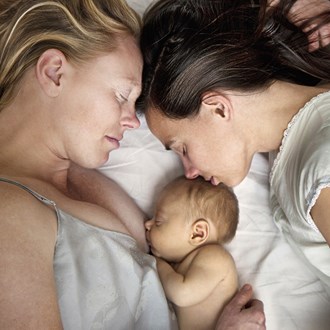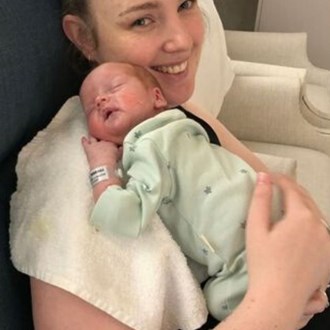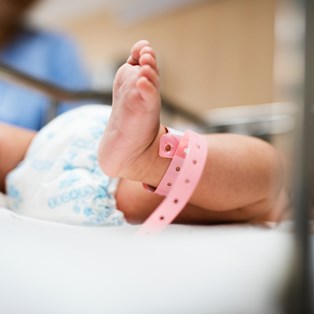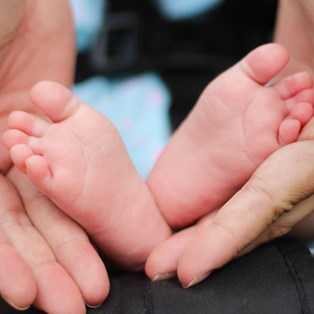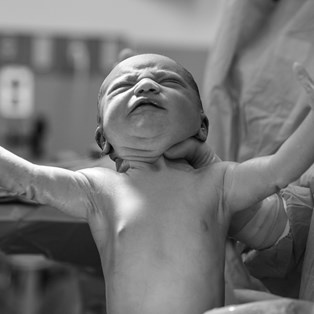Braxton Hicks contractions: What do they feel like and when do they start?

Your guide to cramping during pregnancy
By Gina Flaxman
May 21 2019
What do Braxton Hicks feel like?
Braxton Hicks contractions, or practice, false or fake contractions, feel as though the muscles across your belly are tightening. If you put your hands on your belly when the contractions are occurring, you may feel your uterus hardening. They can be uncomfortable but they aren’t usually painful.
What are Braxton Hicks?
Braxton Hicks contractions, named for John Braxton Hicks, the English doctor who first described them, are a tightening in your abdomen that comes and goes. They are your uterus contracting in preparation for giving birth. They tone the muscles in the uterus and some experts think they may also help prepare the cervix for giving birth. They don’t cause labour and they aren’t a sign that labour is beginning.

Getty Images
When do Braxton Hicks start?
You may feel these pregnancy contractions as early as 16 weeks but it is more common for them to occur just after the middle of your pregnancy, from about 23 weeks to 25 weeks onwards. They are very common from 30 weeks onwards. If you have already had one previous pregnancy, you may feel them more often or earlier. Some women don’t feel them at all.
Where do you feel Braxton Hicks?
You usually feel them as a tightening across your belly and lower abdomen.
How long do Braxton Hicks contractions last?
Braxton Hicks usually last for about 30 seconds at a time, once or twice an hour or a few times a day.
Braxton Hicks vs real contractions
From about 32 weeks onwards, it’s good to be aware of the differences between Braxton Hicks and premature labour (a baby is considered premature if it is born after less than 37 weeks gestation). Though Braxton Hicks contractions can sometimes feel quite intense, there are a few things that distinguish them from labour contractions:
• They are infrequent and usually occur no more than once or twice an hour, a few times a day.
• They usually aren’t painful.
• They often stop if you change your activity. So sit down if you’ve been walking and stand up if you’ve been sitting.
• They don’t last long.
• They don’t increase in intensity.
In contrast, labour contractions become noticeably longer, more regular, frequent and more intense. If the pain and discomfort eases off, it’s probably Braxton Hicks. In late pregnancy you may experience Braxton Hicks contractions as often as every 10 to 20 minutes. This is a sign you are preparing for labour and is known as the pre-labour stage.

Getty Images
When to call the doctor or midwife
You should call a doctor or midwife immediately if you feel persistent pain, pressure or discomfort in your pelvis, abdomen or lower back; have contractions every 10 minutes or more often; have vaginal bleeding; have a watery or pinkish vaginal discharge; notice your baby’s movements have slowed or stopped or you feel very unwell.
If you are less than 37 weeks pregnant these could be signs of premature labour. If you are unsure of anything, call your doctor or midwife for advice.
How to manage Braxton Hicks
If your Braxton Hicks contractions are really uncomfortable, it can help to lie down or go for a walk (a change of activity can help). You can also try gentle massage and warm (but not hot) baths. It can also be a good opportunity to practise your breathing exercises, to prepare you for labour.
Remember, Braxton Hicks are just one of the annoying, uncomfortable symptoms of pregnancy and are nothing to worry about.

